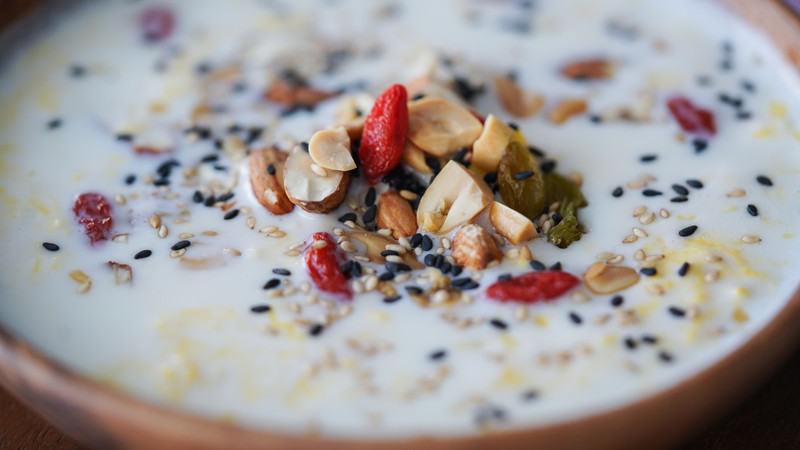Introduction
I don't know how many of you, like me, remember the first impression of 'small sweet wine' from mash.
In some places, it is also known as “mash”, or “sake”, or “sweet wine”. Nowadays, this kind of sake is very common in the refrigerator of supermarkets, and it is white and bright, and it comes in small plastic bottles, which symbolizes some kind of memories from my childhood.
In the old days, you had to make your own sake. It was a necessary stage in the home brewing of rice wine for those who were greedy and loved to drink. With the glutinous rice, steamed in a pot, drained and poured into a pot, while a little heat into the mix of wine, set aside in a potbelly of pottery. The glutinous rice is flattened, a small hole is hollowed out in the center, filled with the right amount of warm water, and then everything is handed over to the sake brew. After sealing, the jar is covered with a stack of straw and moved near the stove to keep it at a specific temperature.
In just a few days, a greedy child can't help but lift the straw, and a sweet aroma leaps out of the dark earthenware pot. With a spoon, remember it must be clean, a few spoons of mash into a small bowl - the most refreshing dessert to wake up from a nap. Don't eat too much, as the old folks at home always warned, “Be careful not to get drunk by the side of the jar.
The mash did not have a very long flavor period, and when it continued to ferment, the aroma of the wine would easily overpower the aroma of the rice, and it would be enjoyed exclusively by the grown-ups. That's why people always tried to enjoy mash when it was still a “small sweet water”.
It was very refreshing when eaten in an empty stomach, and the glutinous rice was moist, sweet, soft, and cool. Nowadays, the very popular “round rice dumplings with glutinous rice in wine” is also an evergreen dessert. The finishing touch is always a handful of sugar osmanthus flowers sprinkled in before serving. The fragrance of osmanthus is so rich that it cannot hide the sweetness of the mash. For a long time, osmanthus and mash have been an inseparable golden couple in my mind. Until now, milk tea is enough to embrace everything, but also with osmanthus mash, very popular.
I remember in the summer to do braised fish, the old man of the family will also go along with a big spoonful of mash. It probably contains some alcohol, which makes the fish more tender, and makes it a unique flavor to eat. The sweetness of the mash is almost impossible to taste, and the glutinous rice has absorbed the flavor of the thick oil and red sauce, with a long aftertaste.
However, mash is best eaten with a sweet flavor. To the mash of good use, the rough and bold Northwest is willing to come up with enough patience.
When I have time, I like to go to a Northwest restaurant in Sanlitun. Every time I finish a meal of stuffed pork or noodles, I always need a bit of moist sweetness to dissipate the feeling of satiety. The perfect after-dinner dessert was 'eggs with milk and mash'. It sounds pretty good, but people have two stomachs, one for food and the other for dessert.
With a few splashes of bright yellow in the white, the milk and mash egg is served tenderly, like an egg flower on a nice holiday. Eggs are fluffy and smooth, nothing sinewy, used to line the warm milk, very complementary. The character of the mash was out of this world, to say the least. There's nothing alcoholic about it, but it has a sweetness that's hard to ignore. A generous sprinkling of nuts and preserved fruits is hearty as can be.
It actually doesn't take more than a few minutes to make this dessert at home yourself. Just follow the steps to get the ingredients in the pan, no need to add a little extra sugar, it's that sweet breeze of summer blowing through.
Desserts in the summer, we always crave a cool flavor. Just as the hot sweet potatoes in the winter, a bowl of milk and mash eggs in the summer, like the air-conditioned room wrapped in a thin blanket rolling, the pleasure, not for outsiders.
Ingredients
mash: 100ml, egg: 1, baking soda: 1~2g, raisins: batan wood, white sesame seeds: fried peanuts, black sesame seeds: goji berries
Steps
Step 1: Cook whole fresh milk over low heat until just boiling, during which time it needs to be stirred to keep from blurring the bottom.
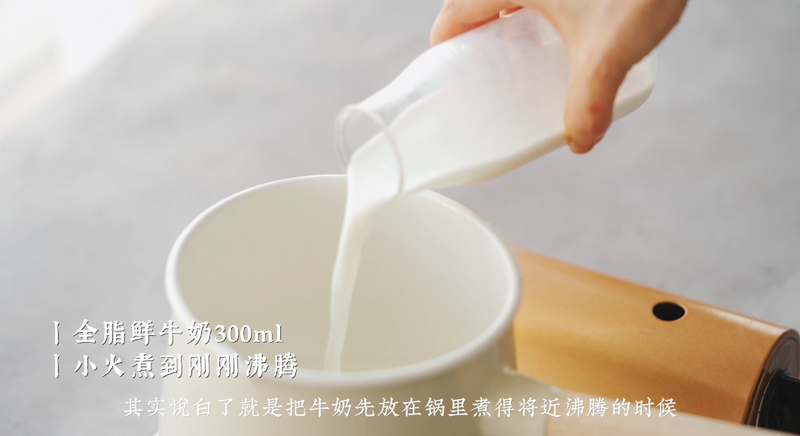
Step 2: Add a little bit of baking soda and mix well.
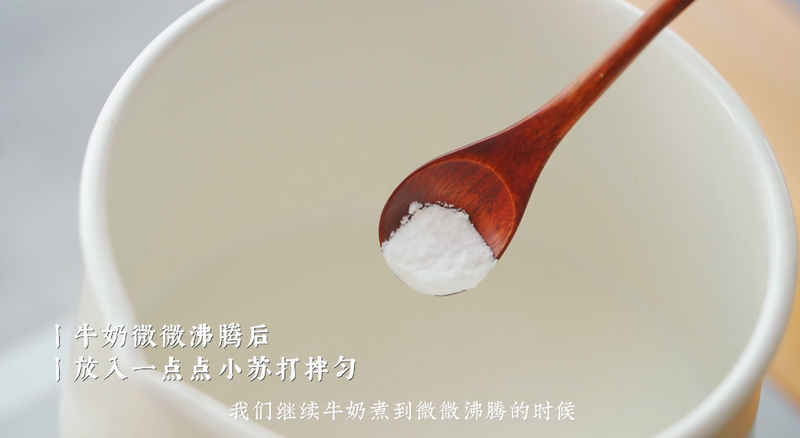
Step 3: Add the mash and cook over low heat until the milk comes to a boil.
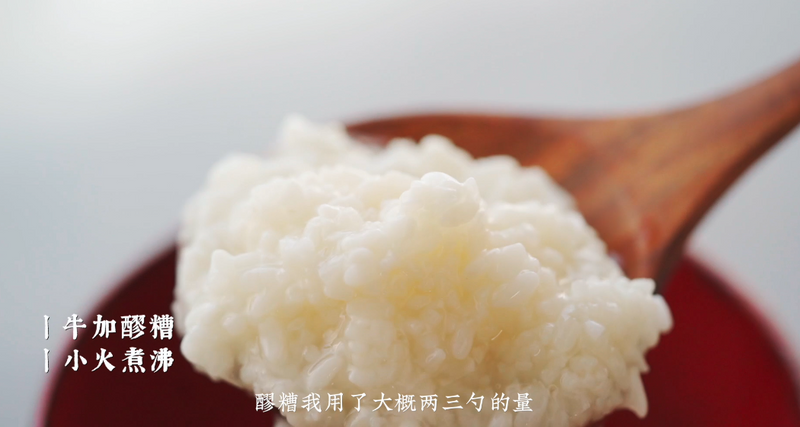
Step 4: Whisk the eggs and drizzle them thinly over the milk mash mixture as it boils, turning off the heat immediately.
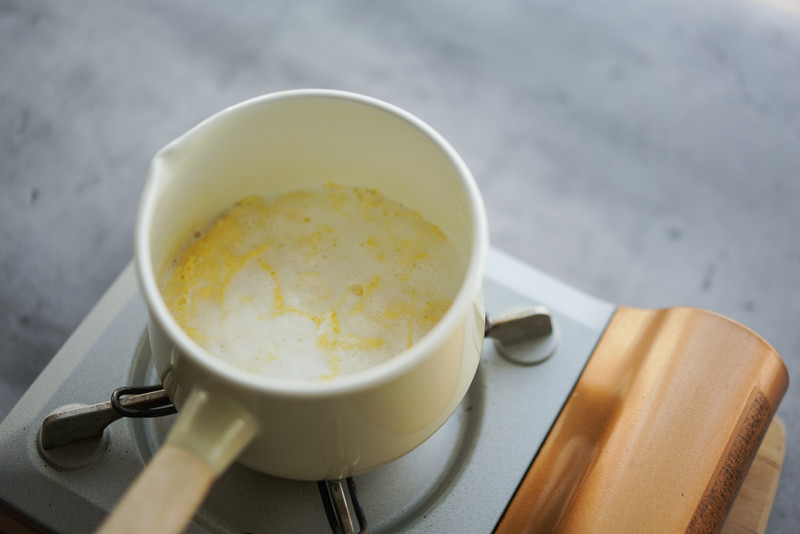
Step 5: Process all nuts/dried fruit ahead of time. Sprinkle over the top of the milk-egg mash in the filled bowl.
